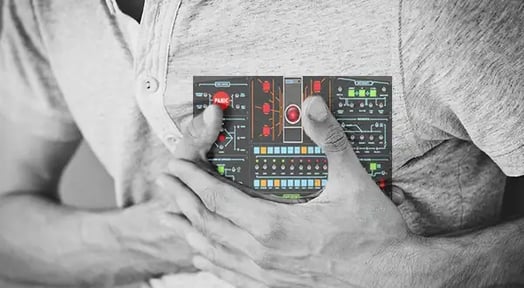Entrepreneurs seem to think so.

As the Wall Street Journal reports, a number of companies — ranging from specialized startups to massive tech giants — have launched connected clothing options for professionals in the past few years.
Noteworthy examples include:
- Google, which launched a connected clothing company called Project Jacquard in 2017 and has since partnered with retailers like Levi Strauss & Co. to create jackets that can answer phone calls (AKA close enterprise deals while attending a James Dean convention)
- Samsung, which made business suits that can digitally swap business cards (AKA wear their LinkedIn profiles on their sleeves)
- Sensoree, a startup that makes “mood sensing” sweaters that can improve communication at work (AKA tell coworkers when to leave each other the f*ck alone)
- Ministry of Supply, a startup that creates temperature-regulating sweaters that can help employees stay comfortable at the office (AKA avoid leaving passive aggressive notes on the thermostat)
- Ekso Bionics, a bionics startup that creates exoskeleton supersuits that help employees lift more weight (AKA Ironman Lite)
Some employees are skeptical
In some cases, connected clothes have caused more problems than they’ve solved…
- In 2018, Delta Airlines issued its employees new, high-tech uniforms designed to resist wrinkles, water stains, and static. But then 500 Delta employees developed sicknesses. Now, they’ve filed a class action lawsuit against the company that made the clothes.
Connected clothes makers must stitch wisely
Since connected clothes can provide benefits to employers, demand for them seems unlikely to unravel.
But for connected clothes companies to succeed, they’ll need to make sure that they provide real benefits to workers — without giving them gnarly red rashes.

